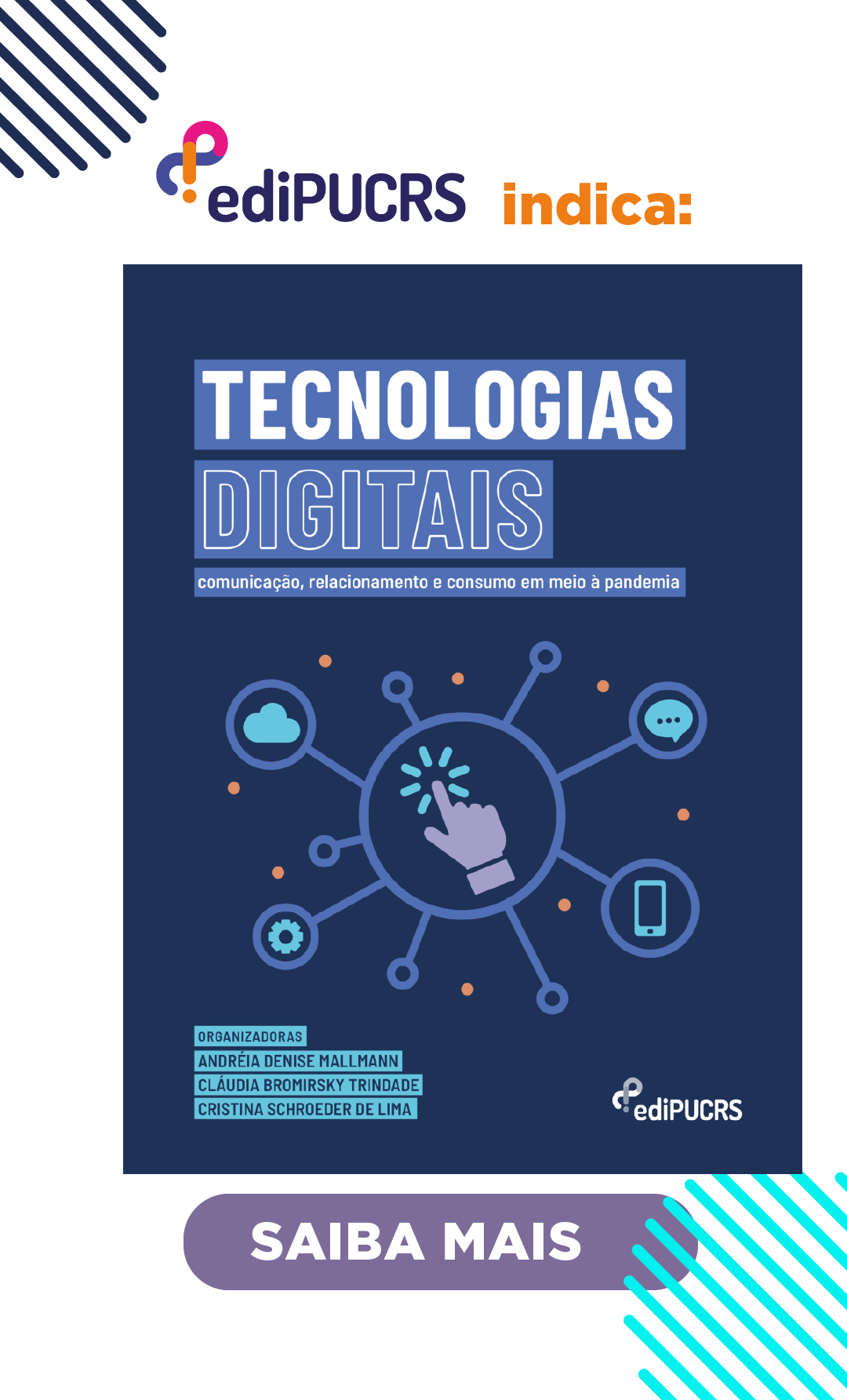Storyspace and hypertext: a lasting relationship
DOI:
https://doi.org/10.15448/1980-3729.2005.26.3304Keywords:
Hypertext, storyspace, literatureAbstract
This paper tells about the use of the software program Story space to help literary creation in hypertext and analyses Shelley Jackson’s work called Patchwork Girl (1995), which was witten and distributed with the help of that program, as well as discusses questions raised by that partnershipDownloads
References
AARSETH, Espen J. Cybertext. Perspectives on Ergodic Literature. Baltimore: The Johns Hopkins University Press, 1997.
BEIGELMAN, Giselle. O Livro depois do Livro. São Paulo: Petrópolis, 2003.
BERNSTEIN, Mark. Storyspace 1. In: Proceedings of Hypertext ’02. Maryland: University of Maryland, p. 172-181, 2002.
BOLTER, Jay David. Writing Space: The computer, hypertext, and the history of writing. Hillsdale: Lawrence Erlbaum Associates, 1991.
CORTÁZAR, Julio. O Jogo da Amarelinha. 6; ed. São Paulo: Civilização
Brasileira, 1999.
_____. 62: Modelo para Armar. Rio de Janeiro: Civilização Brasileira, 2000.
ECO, Umberto. Apocalypse Postponed. Ed. Robert Lumley. Bloomington and Indianopolis: Indiana University Press, British Film Institute, BFI Publishing, 1994.
DOUGLAS, J. Yellowlees. The End of Books – Or Books Without End Reading Interactive Narratives. Ann Arbor: The University of Michigan Press, 2000.
GLAZIER, Loss Pequeño. Digital Poetics – The making of E-poetries. Alabama: The University of Alabama Press, 2002.
HAYLES, N. Katherine. Writing Machines. Cambridge: The MIT Press, 2002.
LANDOW, George P. Hypertext 2.0. The Convergence of Contemporary Critical Theory and Technology. (Revised, ampli-fied edition). Baltimore: The Johns Hopkins University Press, 1997.
MACHADO, Arlindo. Estética e Metalinguagem. Belo Horizonte: Suplemento Literário, 1974.
MANOVICH, Lev. The Language of New Media. Cambridge, Mass.: The MIT Press, 2001.
SNYDER, Ilana. Hypertext: The Electronic Labyrinth. Nova Iorque: New York University Press, 1996.
Downloads
Published
How to Cite
Issue
Section
License
Derechos de Autor
La sumisión de originales para la Revista Famecos implica la transferencia, por los autores, de los derechos de publicación. El copyright de los artículos de esta revista es el autor, junto con los derechos de la revista a la primera publicación. Los autores sólo podrán utilizar los mismos resultados en otras publicaciones indicando claramente a Revista Famecos como el medio de la publicación original.
Creative Commons License
Excepto donde especificado de modo diferente, se aplican a la materia publicada en este periódico los términos de una licencia Creative Commons Atribución 4.0 Internacional, que permite el uso irrestricto, la distribución y la reproducción en cualquier medio siempre y cuando la publicación original sea correctamente citada.






